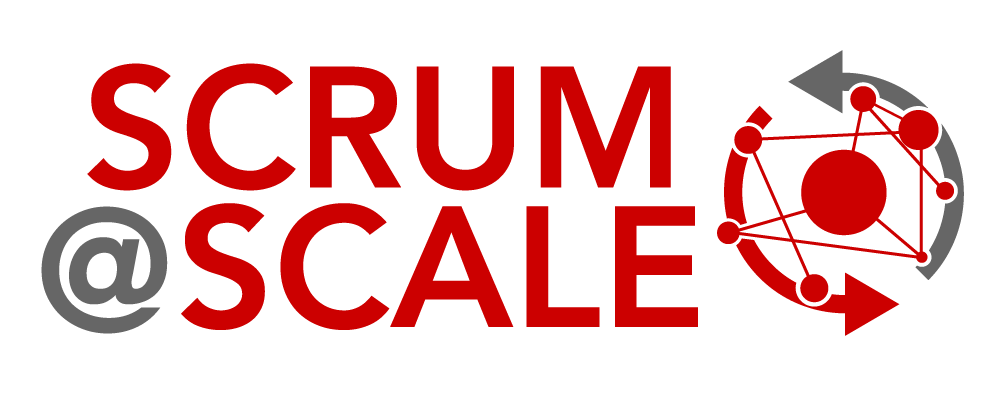Scrum@Scale Case Study
Scrum@Scale at Bosch: Embracing Agility
To remain an innovative, competitive market leader, Bosch transforms from the top down.
CASE STUDY SNAPSHOT
Trainer Name: Annie Howard
Organization: Bosch
Organization Size:Large
Industry: Manufacturing
Topics: Distributed Teams, Driving Innovation and Creativity, Leadership Participation, Removing Silos
Date: 2017
Website: https://www.linkedin.com/in/annie-howard-2b461ba/
Summary
This is the story of serious scale at play. The transformation of a giant corporation with 390,000 employees spread across 60 countries. The story of how Scrum@Scale changed an international conglomerate into an agile, market-responsive company from the top down.
Founded in 1886, Bosch rose to prominence with their improved magneto ignitor used to start early automobiles. The company is still a major player in the automotive sector. But they have also expanded into other sectors including consumer products, industrial goods and products connected to the internet of things. Over Bosch’s 130+ years of existence, innovation has always been an important part of their culture.
In the first half of the 20th century, innovation meant mastering mass production, making things in a standardized, repeatable way.
Fast forward to 2018 and innovation means new products launch faster, are much more customized and interconnected.
Bosch CEO Volkmar Denner realized that true business agility was going to be critical in keeping up with the pace and demands of the market. Bosch, he realized, needed to transform to be innovative and responsive to customer demands.
Siloed Scrum Only Takes You So Far
Initially, Denner and his executive team decided they would create what they called a ‘dual organization’. Groups, which needed to innovate and create groundbreaking products, would become agile. The rest of the company would remain as it had been for decades.
It didn’t take long for the executives to see this ‘dual organization’ wouldn’t deliver the desired results.
Next, they decided to make the entire company agile, including the leadership team. While now on the right path, they took a wrong step. This transformation started with a project plan, a timeline, and other classic elements of waterfall project management. The results were predictable – nothing changed.
So Bosch’s leadership team decided to go all in and fully scale scrum from the top down.
Leadership Driven Transformation
Bosch’s CEO and board of directors would become a single agile team complete with a Product Owner and Scrum Master. They no longer sat behind a mahogany table and listened to presentations. Instead, they stood, held conversations and used visible planning walls. In other words, status reports were replaced with collaboration and rapid feedback.
The remaining executives would also form cross-functional leadership teams consisting of 5 to 6 members. Each with their own Product Owner and Scrum Master.
The ensuing MetaScrum would then drive organizational change every sprint. And leadership would prioritize the backlog for the entire organization. This allowed them to focus and guide where and how change occurred across the enterprise.
Bosch’s leadership also became more responsive. Rather than setting fixed priorities during annual planning, they moved to continuous planning and funding cycles. This allowed the company to react faster to market conditions and demands.
As these leadership teams worked they began to see the barriers and impediments in a different way.
Before, they believed impediments were native to a specific sector. Now, they began to see organizational issues and impediments affecting the company as a whole. Once these issues of organizational debt and impediments were identified, they could finally be tackled.
Scrum@Scale Leads To Results
Bosch’s executive team also created a list of 10 principles they would use to lead the company. Some, like ‘we achieve excellence’, are common.
Others, like ‘ we create autonomy and remove any obstacles’, and ‘we keep things simple and make decisions quickly’, stand out.
These principles, coupled with a management lead transformation trickled down throughout the entire organization and yielded tangible results.
Bosch’s automotive group cut development time in half. Auto Manufacturer Tesla soon presented Bosch with their ‘Excellent Development Partner Award’.
Bosch’s home and garden business, which includes their power tool unit, was divided into cross-functional teams. Each included individuals from marketing, product management, business development, engineering and more. This has spurred innovation, efficiencies and employee engagement.
Bosch has even seen positive results in their agricultural division. Specifically, the use of sensor technology to help grow asparagus.
In the past, this unit would typically deliver just one innovation over a six to eight-month span. After Bosch implemented the key elements of Scrum@Scale, this unit developed and delivered 10 new systems in just four weeks. All in time for the critical growing season.
Transformations of any organization can be difficult. Changing the structure of a company the size of Bosch may seem impossible. But with leadership buy in and dedication even a multinational conglomerate can become agile.



